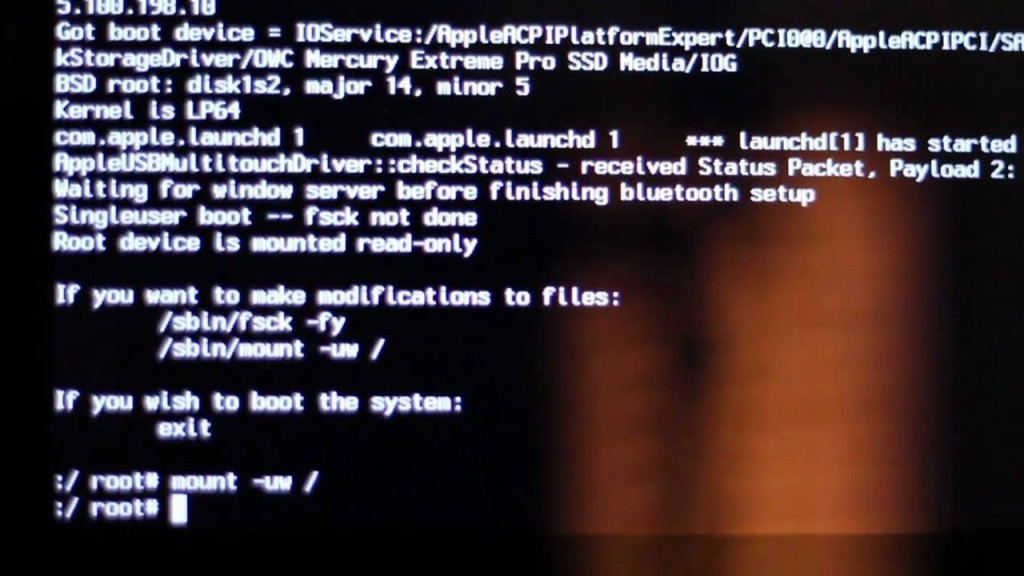Use a Mac OS X installation Disc. If you’re unable to use Internet Recovery Mode or create a bootable USB installer, you can still use a Mac OS X installation disc. These discs are available for OS X Snow Leopard, OS X Lion, and OS X Mountain Lion. If your Mac is from 2012 or earlier, there was an installation disc in the original box. Question: Q: Mac OS X Won't load; EFI Boot. I'm using a 13 inch Macbook Pro, purchased when they first came out. It was working fine up until about a week ago. Mac Pro EFI Firmware Update 1.3. This update fixes several issues to improve the stability of Mac Pro (Early 2008) computers. OS X Mountain Lion: Firmware updates.
Trail: Home >Information Repository >

This page collects information about the boot process on the Intel-basedApple Macintosh models.
General
The firmware in the Intel Macs is based on theExtensible Firmware Interface(EFI) specification.Actually, Apple has used Intel’s reference implementation, called thePlatform Innovation Framework,also called just “Framework” or “Tiano”, its development codename.A stripped-down branch of the Framework has been released as Open Sourceunder the nameTianoCore.All interesting parts of the Framework are written in C, and extensivedocumentation is freely available.
Initialization
The firmware is responsible for initializing the hardware and performing a POST(Power-On Self Test).During this phase, the video hardware will be initialized and set to displaya blank grey screen.
While initializing the hardware the firmware also sets up EFI drivers for allrelevant hardware devices.On the Intel Macs that includes the USB mouse and the IR remote receiver.Partitions on disk drives are discovered and file system driversare set up for FAT and HFS+ volumes.
Operating System Selection
When it comes to locating and loading operating systems, Apple hascustomized the firmware.Like on PowerPC Macs, Apple takes a per-volume approach, with a graphicalboot volume chooser that comes up when you boot with the Option key pressed.The default boot volume is stored in NVRAM and can be set through the“Startup Disk” preference pane.

Under the hood, things are a bit complicated.Apple’s firmware uses most of the EFI infrastructure,but has both extended the base functionality and added its own UI on top.
Efi For Mac Os X 10.13
The main extension is that for HFS+ volumes, there is no need tospecify the full path to the actual boot loader.Instead, HFS+ volume header fields are used to point to a“blessed file” to be loaded as an EFI application.When this feature is used, the NVRAM variables contain just the device pathto the disk partition, without any file path.
For booting legacy BIOS-based operating systems,Apple takes a completely non-standard approach.The CSM (compatibility support module) is not loaded at all by default.When the decision is made to boot a BIOS-based operating system,a special EFI application is loaded from the firmware ROM to kick offthe BIOS boot process.When the user chooses Windows as the default operating system in the“Startup Disk” pane,the NVRAM variables are actually set to point at this special loader,plus a parameter that tells it which device to boot from.
In addition to these two main booting methods,the firmware also supports booting from the networkand booting an EFI loader specified by a full file path onan accessible FAT volume.
Booting Mac OS X
The Mac OS X boot loader is located in /System/Library/CoreServices/boot.efi.When loaded by the firmware, it displays a dark grey Apple logo on the screen.Then it loads the Darwin kernel from disk, as well as the essential driverextensions. Once the kernel gets control of the machine,the rest of the boot process is identical to PowerPC machines.
Booting a BIOS-based Operating System

Once the compatibility support module (CSM) is engaged,the boot process proceeds the same way as on a standard PC.For hard disk boots, the master boot record (MBR) is loaded into RAMand executed.In most cases, the MBR holds code that loads the boot sector of theactive partition,which then contains actual OS loader code.


The Role of bless
Efi For Mac Os X 10.10
The bless command has two functions.One is to fill in the special fields in the HFS+ volume header.As outlined above, this lets the firmware boot Mac OS X just bypicking a volume.The other role is in setting the NVRAM variables for the defaultoperating system to boot.
